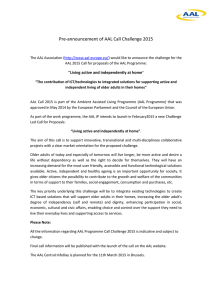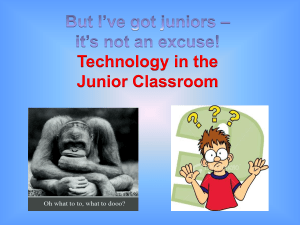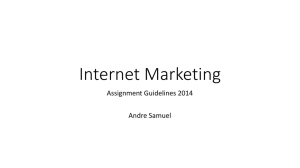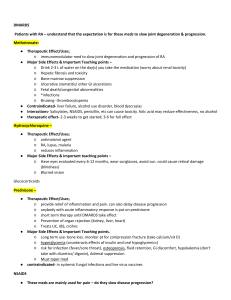Chemical Reactions - Wikispaces - OISE-IS-Chemistry-2011-2012
advertisement
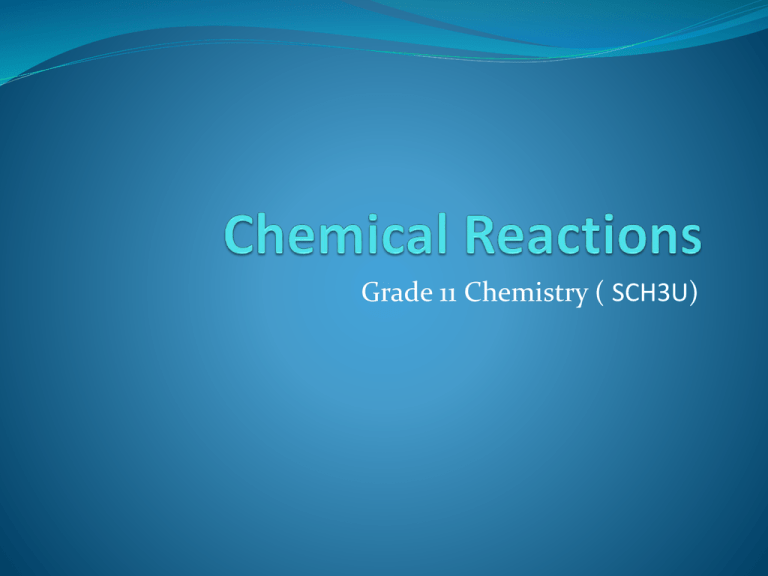
Grade 11 Chemistry ( SCH3U) Overarching Question Big Ideas Overall Expectations A1. Demonstrate scientific investigation skills in the four areas of skills (IP, PR, AI, C) C1. Analyse chemical reactions used in a variety of applications and assess their impact on society and the environment C2. Investigate different types of chemical reactions C3. Demonstrate an understanding of the different types of chemical reactions How can we predict how chemicals react and what implications do the applications of chemical reactions have on society and the environment? 1. Chemicals react in predictable ways 2. Chemical reactions and their applications have significant implications for society and the environment Guiding Questions 1. What are the different types of chemical reactions and what do they look like? 2. How are chemical reactions used in a variety of applications and what are their impacts on society and the environment? Monday Tuesday Unit Plan Wednesday 1 Review - Electronegativity + IUPAC Intro to Chemical Reactions Minds On: Chemical Reactions Video + Placemat Activity AfL – Prior Knowledge SE- C2.1, C2.2 2 3 Review on Chemical Bonding Review on IUPAC nomenclature & Intro to terminology (products, reactants, SE- C2.2, 2.3, 2.4, 2.5, 2.6 reagents) Introduction to STSE Blog Assignment SE- C2.1 6 Types of Reactions Cont’d Metal & Halogen Single Displacements, Products of double displacements (ppt, gas, neutralization) SE- C2.5, C2.6 7 Types of Reactions Cont. Neutralization (acids + bases) & Combustion, Demo on Combustion AfL/AaL - Assign Problem Set (Worksheet on Recognizing Reactions in Groups) SE- C2.7, C3.1 12 Metal and Non-metal Oxides -Properties of Oxides -Acidic/ Basic Oxides SE- C2.4, C3.3 8 Take up worksheet on Recognizing Reactions Formative Quiz on Types of Reactions AfL – Quiz SE- C2.2, 2.4, 2.5, 2.6 17 Review for Test 18 Unit Test AoL- Unit Test 11 Discussion and Analysis of Experiment 1 + Wrap Up SE-A1.11, C1.1, C2.3, C2.10 16 Review for Test Activity 2: Games Tournament- Pick A Card STSE Blog Responses Due AfL/AaL - Review Activity Thursday 4 Balancing chemical equations + Worksheet to practice AfL/AaL – Worksheet SE- C2.2, 2.4, 2.5, 2.6 9 Intro to Lab: Investigating Chemical Reactions STSE Blog Entry Due Activity 1: Chemical Reactions Jigsaw AfL- Pre-lab Questions AfL- Jigsaw Activity SE- A1.3 13 14 Case Study and Class Discussion: Video on Environmental Impacts Chemical Reactions and of Chemical Reactions (Fill out Industrial applications, handout-Formative Check) environmental applications Peer Assessment for Lab Report AfL- Participation in Class AfL- Worksheet Discussion AaL- Peer Assessment SE – C1.1, C1.2, A2.2 SE-A2.2, C1.1, C1.2, Friday 5 Formative Quiz on Balancing Equations Types of Reactions (Synthesis, Decomposition, Single Displacement and Double Displacement) Writing Equations to represent Types of Reactions SE- C2.1, 2.2, 3.1 Afl/AaL – Quiz 10 Experiment 1: Investigating Chemical Reactions AfL/AaL – Observation Chart + Discussion Questions SE-A1.5, A1.6, C2.3, C2.10 15 Work Period in Computer Lab for STSE Blog Responses Formal Lab Report Due AoL – Lab Report SE-A1.11, C1.1, C1.2 Blue – Introduction to Unit Green- Relating Science to + IUPAC Naming + STSE Balancing Equations Yellow – Review for Test Pink – Types of Chemical Reactions Minds-on Chemical Reactions Video: ChemicalReactions_Video.wmv Scaffolding Questions: What is required/needed for a chemical reaction to occur? What are some indications that a chemical reaction has occurred? Can you identify some of chemicals/reactants/products in these pictures? Are you able to draw some parallels between the chemical reactions occurring in a laboratory and the real life applications? Placemat Activity Misconceptions 1. Students have difficulty with nomenclature, specifically with naming chemical compounds and using the cross-over rule. Nomenclature Review: Write out the name for the following compounds: Al3+ O2+ 1. 2. 3. 4. 5. NaCl ______________________________ Na2O ______________________________ Ca3N2 ______________________________ CaBr2 ______________________________ NO2 _______________________________ Write out the formula for the following compounds. (Show the cross-over method): 1. 2. 3. 4. 5. Calcium Chloride_______________________________ Aluminum Bromide ____________________________ Lead Nitrate ___________________________________ Sodium Hydroxide______________________________ Calcium Carbonate______________________________ Al2O3 2. The reactants and products in chemical reactions can always be distinguished from one another. 3. Students have difficulty differentiating between a chemical change and a change of state, which is when a physical change occurs. 4. In a chemical reaction the mass is conserved, but not the number or species of atoms. 5. Chemical reactions must be driven by external intervention for example heat. Prior Mixing: Post Mixing: 6. Elements can form other elements. Jigsaw Instructions In your expert group, Build a molecular model of an example of a chemical reaction that has been assigned In your home group, Make a drawing of your molecular model or act out all of the chemical reaction processes Blog Activity The Overview As this unit begins I would like to tell you about the blog assignment for the Chemical Reactions Unit. Since blogging allows for a student-centered course and a deeper interest in the materials I have made a blog an integral part of the course. Assignment Description Your assignment is to create and participate in our class blog. You will be required to write one entry related to chemical reactions. You will be responsible for tracking your entry throughout the unit. By tracking I mean that you will be required to pay attention to your post and address any questions and discussions related to your post. Your post should address how class materials, subjects and lessons are relevant to industry, everyday life and/or technology. You are encouraged to be creative and research using multiple media sources. You post should include an audio, visual or video component. In addition to posting your own entries, you are required to actively read other blogs and other students’ entries. Your active engagement will come in the form commenting on at least 3 other blogs. http://www.tumblr.com/dashboard
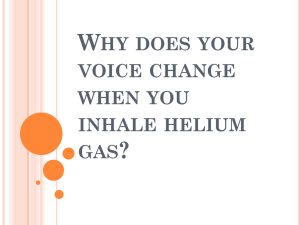
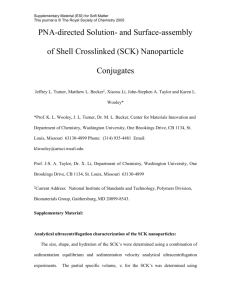

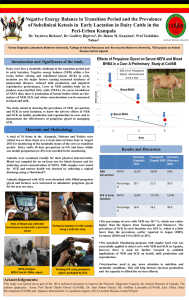
![afl_mat[1]](http://s2.studylib.net/store/data/005387843_1-8371eaaba182de7da429cb4369cd28fc-300x300.png)


